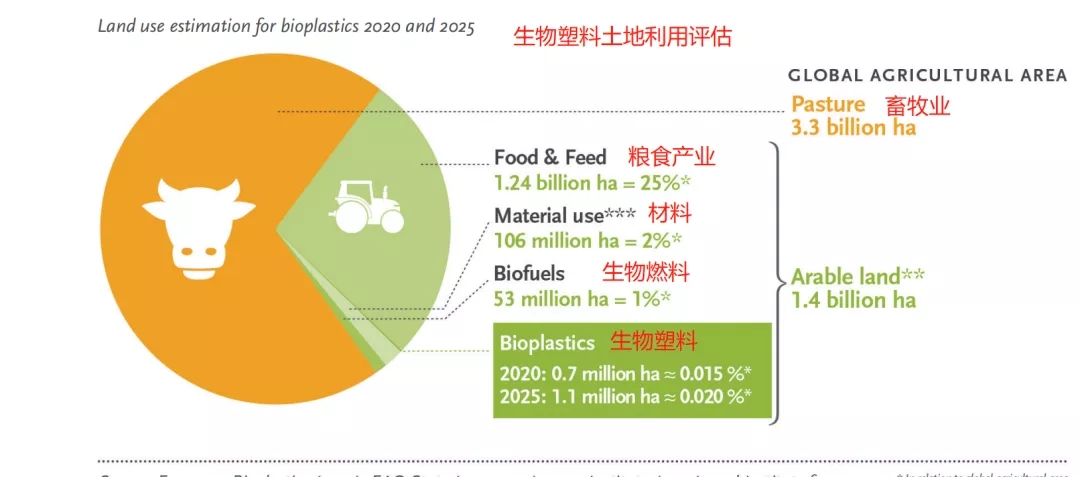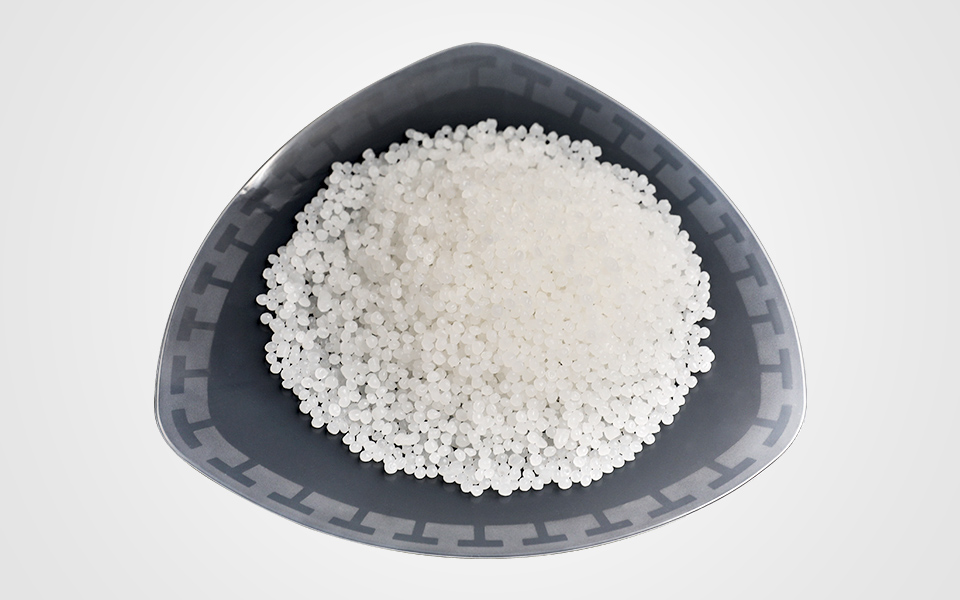On August 12, the China National Development and Reform Commission issued the Barometer of Completion of Energy Consumption Dual Control Targets in All Regions in the First Half of 2021, which has become one of the most core catalysts for the tightening of energy consumption dual control.
In the announcement, Qinghai, Ningxia, Guangxi, Guangdong, Fujian, Xinjiang, Yunnan, Shaanxi, and Jiangsu 9 provinces (autonomous regions) in the first half of the year did not drop but rose in energy consumption intensity, and were listed as first-class early warning, Zhejiang, Henan, Gansu, Sichuan, Anhui, Guizhou, Shanxi, Heilongjiang, Liaoning, and Jiangxi 10 provinces in the first half of the year did not meet the progress requirements in the reduction rate of energy consumption intensity, which was a second-level early warning.
In addition, the notice also pointed out that for regions (prefecture-level cities, prefectures, and leagues) where energy consumption intensity has not decreased but increased, the energy-saving review of "two high" projects will be suspended in 2021 (except for major projects planned by the state), which will be issued in this notice. Within the next 20 working days, the list of regions that have suspended the energy-saving review of the "two high" projects will be submitted to the National Development and Reform Commission.
Until recently, due to issues such as rising coal prices and power supply shortages, power and production curtailments have gradually spread from the central and western regions to the eastern Yangtze River Delta and the Pearl River Delta. A large number of manufacturers have received notices of power outages and production restrictions, and approvals for high-energy-consuming and high-emission projects have also been tightened abruptly.
On September 16, after the Ministry of Ecology and Environment issued the "Guiding Opinions on Strengthening the Prevention and Control of Eco-environmental Sources for High Energy Consumption and High Emission Construction Projects" in early June, the National Development and Reform Commission issued a document "Improving the dual control system for energy consumption intensity and total volume." ", expressing that it will resolutely manage and control high-energy-consuming and high-emission projects to help achieve carbon peaking in 2030 and achieve a more mature energy resource allocation.
In general, looking into the reasons behind this large-scale power outage and production limit, there are three main current mainstream opinions:
Coal prices have risen sharply this year, hitting record highs
The rise in coal prices has increased the cost of power generation, and it is impossible for power plants to expand the supply of power generation. With the recovery of domestic coal mines, this situation will be alleviated.
Great power economic game
At present, due to the proper control of the epidemic, China has quickly resumed work and production, so foreign orders have been flowing back to China. Behind the seemingly prosperous production, there is the dependence on the import of foreign raw materials and the homogeneous competition of domestic industries.
Therefore, my country's implementation of power cuts and production capacity cuts has led companies to raise prices abroad. Through production reductions, raw material prices have been stabilized, companies' procurement costs have been reduced, and sales prices have been raised, so as to prevent the United States from passing on its inflationary pressures and protect Chinese companies.
Carbon peaking in 2030 and carbon neutrality in 2050
"Carbon peaking" means that after 2030, carbon dioxide emissions will gradually decline after reaching the highest point. "Carbon neutrality" refers to the amount of greenhouse gases produced directly or indirectly by groups or individuals, which are offset through energy conservation, emission reduction, tree planting and other forms to achieve zero emissions. Both concepts are aimed at promoting the transition of economic and social development to a comprehensive green transition.
Under these two concepts, the state will strictly control energy consumption, and force enterprises to transform to clean energy and production through various measures by eliminating intensive and inefficient production capacity.
Combining the above three points, we can clearly see a trend line: eliminate low-end production capacity and develop a green circular economy. At the same time, it can be reasonably expected that due to the sudden rise and fall of coal and oil prices, sustainable resources are used to achieve this. The independence of chemical raw materials and energy has great prospects.
In terms of materials, the large-scale replacement of traditional fossil-derived materials by bio-based materials is significant.
01 To what extent can bio-based materials replace traditional materials?
Bio-based chemicals refer to products such as bulk chemicals and fine chemicals produced using renewable biomass (starch, glucose, lignocellulose, etc.) as raw materials. According to the Nova Institute, from a technological point of view, almost all industrial materials made from fossil resources can be replaced by bio-based ones.
The figure below is the roadmap for the synthesis of polymers from biomass drawn by Nova. From it, we can find that the most commonly used materials, such as polyethylene PE, PVC, PP, PA, etc., already have corresponding bio-based polymers. .
And new bio-based materials are also booming, such as polylactic acid PLA, which is the benchmark for PP materials, and some bio-based materials, PEF, which is the benchmark for PET. That is to say, the substitution of bio-based materials for traditional petroleum-based materials can be summarized in two aspects, either the product remains unchanged, the production method of polymers is changed, and the petroleum smelting is changed to plant fermentation.
In addition to the unchanged product, the development of new bio-based materials with different properties from the original materials is another alternative.
It is foreseeable that after the rapid improvement of technology and production capacity, the replacement and surpassing of traditional petrochemical materials by bio-based materials will be a comprehensive innovation with a wide range and a deep degree.
02 Can bio-based materials reduce carbon?
Theoretically, bio-based materials are derived from natural substances, such as plant starch, cellulose, etc., the carbon released after the combustion of the product is equal to the carbon absorbed by the raw materials of the product in the synthesis of plants and microorganisms, so there is no additional carbon emissions.
However, in fact, the processing, production and transportation of products have carbon emissions. Therefore, whether bio-based materials can reduce carbon emissions still needs to be considered in detail.
However, combined with some products with relatively mature production technology, the emission reduction effect of bio-based materials is very good.
In general, bio-based materials have natural advantages from the source of material properties, but whether the advantages of environmental protection and carbon reduction can become a reality still requires manufacturers to make a detailed evaluation of the processing technology and production process of the product. It is best to give the LCA evaluation result of the product through a professional measurement agency and speak with data.
03 Are bio-based materials a food security concern?
At present, the sources of bio-based materials are mainly plant crops, such as polylactic acid, corn starch for bio-based nylon production, and sugarcane for bio-based PE. But when it comes to food crops such as corn, the issue of "food security" will definitely be mentioned, which is also the main question that has been hovering over bio-based materials for a long time.

According to the assessment of European bioplastics, the proportion of bioplastics alone (including PLA, PE, PA, etc.) will not exceed 0.020% by 2025, far lower than the food industry.
In addition, recent new technologies such as carbon dioxide direct artificial synthesis of starch and PC resin will undoubtedly bring renewed hope for new bio-based/other-sourced materials.
In general, bio-based materials and fuels are an important strategy to get rid of the traditional oil and fossil material economy, realize a circular economy, help carbon peak, and achieve carbon neutrality. At present, major brands and large chemical companies are seeking solutions in this regard. progress.
With the continuous construction of the follow-up carbon neutral market, perhaps, bio-based materials will usher in a new round of opportunities from the policy and market.
 English
English 日本語
日本語 한국어
한국어 français
français Deutsch
Deutsch Español
Español русский
русский português
português العربية
العربية ไทย
ไทย Malay
Malay





















